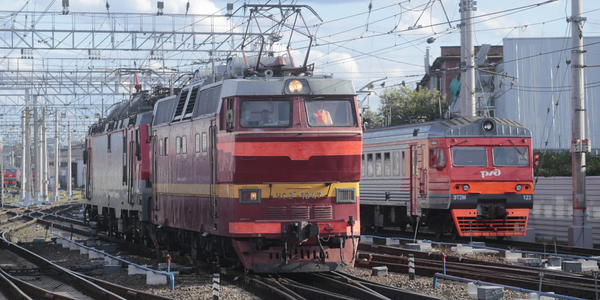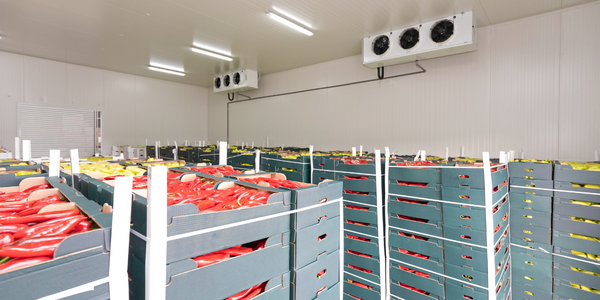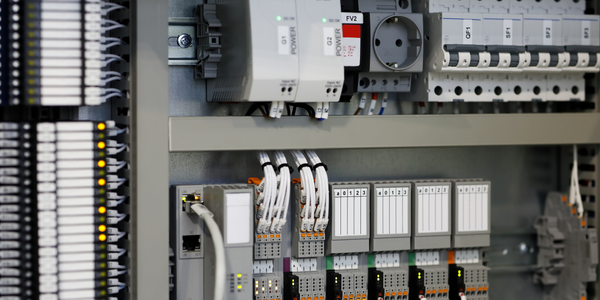Technology Category
- Functional Applications - Fleet Management Systems (FMS)
- Functional Applications - Transportation Management Systems (TMS)
Applicable Industries
- Retail
- Transportation
Applicable Functions
- Logistics & Transportation
- Warehouse & Inventory Management
Use Cases
- Last Mile Delivery
- Transportation Simulation
About The Customer
Tesco is one of the world's leading international retailers, with over 700 stores throughout the UK and Ireland. The company processes over 4,000 daily deliveries using a fleet of 1,400 trucks from 26 distribution centers. Tesco is committed to sustainable growth and has set ambitious sustainability targets as part of its corporate strategy. The company's delivery fleet accounts for almost a sixth of its total carbon footprint, and over the next five years, Tesco is working to reduce the CO2 created per case of goods delivered by 50%.
The Challenge
Tesco, a leading international retailer, was facing a significant challenge in its quest for sustainable growth. The company was dealing with the pressure of processing over 4,000 daily deliveries to more than 700 stores throughout the UK and Ireland, using a fleet of 1,400 trucks from 26 distribution centers. This delivery fleet accounted for nearly a sixth of Tesco's total carbon footprint. The company had set an ambitious sustainability target to reduce the CO2 created per case of goods delivered by 50% over the next five years. However, the increasing CO2 targets driven by corporate strategy and the growing number of deliveries were creating mounting pressures.
The Solution
To address these challenges, Tesco partnered with Aptean, a leading provider of delivery route optimization solutions. The company adopted Aptean's strategic planning solution as part of its sustainable distribution strategy. This solution was designed to optimize transportation operations and support Tesco's corporate sustainability goals. The solution provided strategic analysis capabilities for their corporate sustainable distribution strategy, optimized transportation schedules, balanced warehouse capacity and daily throughput limits from the distribution center, and provided a sophisticated planning resource to help reduce food miles and CO2 emissions. This partnership enabled Tesco to make significant savings and provided them with the resources needed to achieve their ambitious carbon reduction targets.
Operational Impact
Quantitative Benefit

Case Study missing?
Start adding your own!
Register with your work email and create a new case study profile for your business.
Related Case Studies.

Case Study
Airport SCADA Systems Improve Service Levels
Modern airports are one of the busiest environments on Earth and rely on process automation equipment to ensure service operators achieve their KPIs. Increasingly airport SCADA systems are being used to control all aspects of the operation and associated facilities. This is because unplanned system downtime can cost dearly, both in terms of reduced revenues and the associated loss of customer satisfaction due to inevitable travel inconvenience and disruption.

Case Study
IoT-based Fleet Intelligence Innovation
Speed to market is precious for DRVR, a rapidly growing start-up company. With a business model dependent on reliable mobile data, managers were spending their lives trying to negotiate data roaming deals with mobile network operators in different countries. And, even then, service quality was a constant concern.

Case Study
Digitize Railway with Deutsche Bahn
To reduce maintenance costs and delay-causing failures for Deutsche Bahn. They need manual measurements by a position measurement system based on custom-made MEMS sensor clusters, which allow autonomous and continuous monitoring with wireless data transmission and long battery. They were looking for data pre-processing solution in the sensor and machine learning algorithms in the cloud so as to detect critical wear.

Case Study
Cold Chain Transportation and Refrigerated Fleet Management System
1) Create a digital connected transportation solution to retrofit cold chain trailers with real-time tracking and controls. 2) Prevent multi-million dollar losses due to theft or spoilage. 3) Deliver a digital chain-of-custody solution for door to door load monitoring and security. 4) Provide a trusted multi-fleet solution in a single application with granular data and access controls.

Case Study
Improving Production Line Efficiency with Ethernet Micro RTU Controller
Moxa was asked to provide a connectivity solution for one of the world's leading cosmetics companies. This multinational corporation, with retail presence in 130 countries, 23 global braches, and over 66,000 employees, sought to improve the efficiency of their production process by migrating from manual monitoring to an automatic productivity monitoring system. The production line was being monitored by ABB Real-TPI, a factory information system that offers data collection and analysis to improve plant efficiency. Due to software limitations, the customer needed an OPC server and a corresponding I/O solution to collect data from additional sensor devices for the Real-TPI system. The goal is to enable the factory information system to more thoroughly collect data from every corner of the production line. This will improve its ability to measure Overall Equipment Effectiveness (OEE) and translate into increased production efficiencies. System Requirements • Instant status updates while still consuming minimal bandwidth to relieve strain on limited factory networks • Interoperable with ABB Real-TPI • Small form factor appropriate for deployment where space is scarce • Remote software management and configuration to simplify operations








